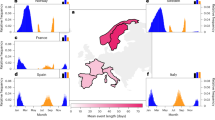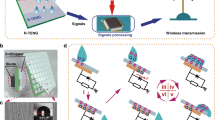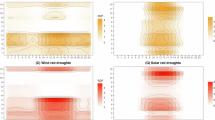Abstract
THE phenomena of electrification in connexion with steam, to which Dr. W. C. Reynolds refers, are described by Mr. W. A. Douglas Rudge in a paper read before the Cambridge Philosophical Society (Proc., vol. 18, p. 127), and referred to in NATURE of November 18, 1915 (vol. 96, p. 332). The breaking up of water, whether the act of man or of Nature (as in waterfalls), is a powerful source of electrification, but I am unable to accept Dr. Reynolds's suggestion that railway steam may account to any large extent for the early morning minimum and evening maximum of potential gradient recorded at Kew Observatory. If this were the case, the change from steam to electric traction in the local trains should have had a profound influence, whereas the daily maximum and minimum in question seem as marked now as thirty years ago. Richmond station, moreover, is ¾ mile from the Observatory, and is not in the direction from which the prevailing wind blows. It is not a station where much shunting is done. A minimum in the morning and a maximum in the evening have been observed at most places, town and country alike.
This is a preview of subscription content, access via your institution
Access options
Subscribe to this journal
Receive 51 print issues and online access
$199.00 per year
only $3.90 per issue
Buy this article
- Purchase on SpringerLink
- Instant access to full article PDF
Prices may be subject to local taxes which are calculated during checkout
Similar content being viewed by others
Rights and permissions
About this article
Cite this article
CHREE, C. The Positive Electrical Drift in the Air. Nature 115, 531–532 (1925). https://doi.org/10.1038/115531b0
Issue date:
DOI: https://doi.org/10.1038/115531b0



